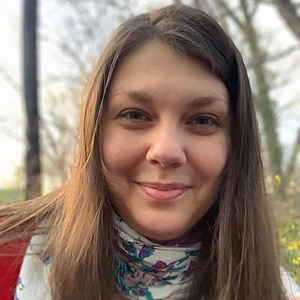Celebrating science and community in San Antonio
Sixty-five San Antonio-area high school students and their mentors brought their scientific curiosity to the Henry B. Gonzalez Convention Center for an afternoon of discovery when the American Society for Biochemistry and Molecular Biology Science Outreach and Communication Committee hosted its second annual Community Day event at the 2024 ASBMB Annual Meeting. Students from two local schools and an academy program from the University of Texas Health Science Center at San Antonio spent the afternoon learning from and engaging with scientists.
The students participated in several hands-on demonstrations, starting with the Escape the Cell challenge provided by RockEDU that illustrated the central dogma of molecular life sciences (DNA à RNA à protein). With support from the biotechnology education company Edvotek, students then practiced pipetting by numbers and learned about how CRISPR works using a 3D model of CRISPR origami.
For their last demo challenge, participants worked like basic science researchers, using the EDGE integrated electrophoresis system to load a gel, examine prepared, mock, DNA samples already cut by CRISPR-Cas9 and simulate an experiment that targets a genetic mutation found in a person with sickle cell disease.
When surveyed about their favorite part of the day, most students agreed it was the Meet a Scientist session. A panel of ten ASBMB member scientists from diverse backgrounds and at a variety of career stages shared their science journeys. The students then split off into 10-minute speed networking sessions with the chance to converse more directly with half of the panelists. Participants also had the opportunity to hear engaging three-minute science talks at the annual ASBMB Science in a Flash competition. They received some guidance in judging and chose the most impactful talk for the Students Choice Award. The day ended with a poster session scavenger hunt showcasing real-life scientific research and an ice cream social.
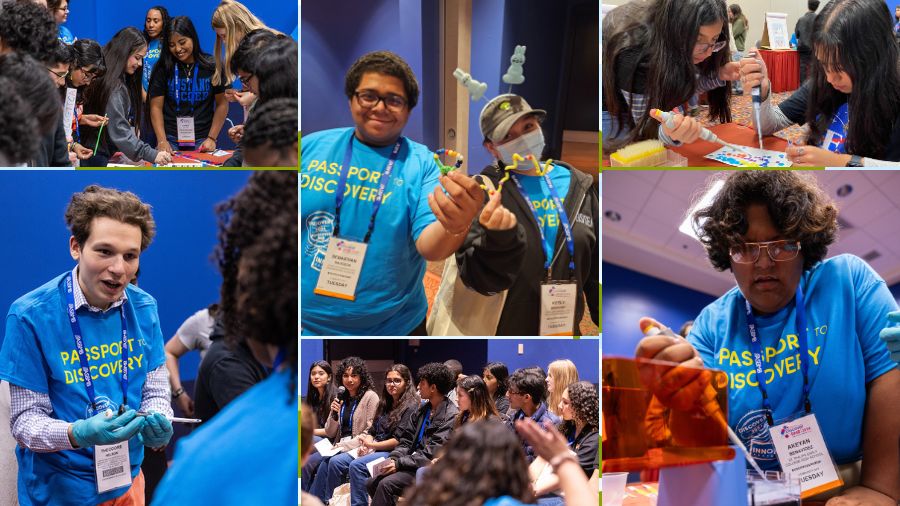
About 60 ASBMB members across career stages volunteered their time during the event. Meric Ozturk, a Ph.D. student at Iowa State University, spoke to the value of giving back as a volunteer.
“Connecting with high school students and observing their approaches to science and life was amazing,” Ozturk said. “Answering their questions and talking about my story was the value for me.”
Thomas Andrews, an educator at John Jay Science and Engineering Academy, said most students at his Title 1 school had never met a scientist before Community Day.
“It was very eye-opening for them to meet scientists at every level, undergrad through PI,” Andrews said. “I heard from several students after the ‘Science in a Flash’ that they now understood the importance and different styles of public speaking.”
Zuriel Morales, an educator from St. Philips Early College High School, said the experience reinforced his classroom efforts.
“It's extremely valuable for the students to see how a professional behaves in these types of settings as well as what they do,” he said. “Them seeing what real science looks like helps us as teachers show them what we have been trying to explain in class.”
Read more
Learn how Community Day got started.
Community Day broadens impact of DiscoverBMB
Inspiring the next generation of scientists
Interested in volunteering at Community Day 2025 in Chicago? Send us an email.
Enjoy reading ASBMB Today?
Become a member to receive the print edition four times a year and the digital edition monthly.
Learn moreFeatured jobs
from the ASBMB career center
Get the latest from ASBMB Today
Enter your email address, and we’ll send you a weekly email with recent articles, interviews and more.
Latest in Education
Education highlights or most popular articles
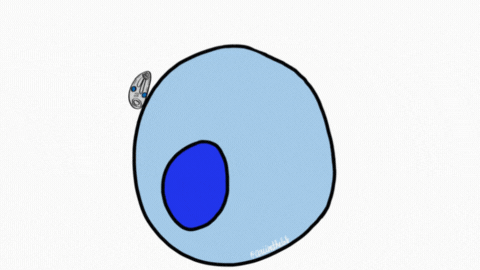
Sketching, scribbling and scicomm
Graduate student Ari Paiz describes how her love of science and art blend to make her an effective science communicator.

Using DNA barcodes to capture local biodiversity
Undergraduate at the University of California, Santa Barbara, leads citizen science initiative to engage the public in DNA barcoding to catalog local biodiversity, fostering community involvement in science.
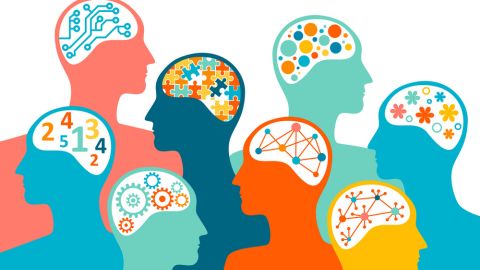
Embrace your neurodivergence and flourish in college
This guide offers practical advice on setting yourself up for success — learn how to leverage campus resources, work with professors and embrace your strengths.
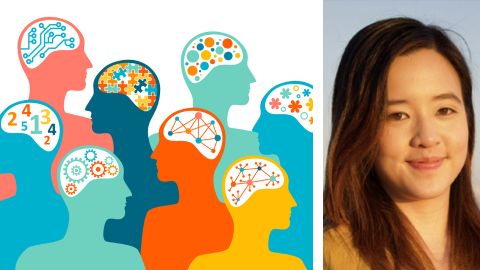
Survival tools for a neurodivergent brain in academia
Working in academia is hard, and being neurodivergent makes it harder. Here are a few tools that may help, from a Ph.D. student with ADHD.
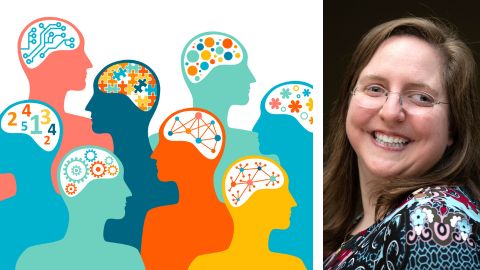
Quieting the static: Building inclusive STEM classrooms
Christin Monroe, an assistant professor of chemistry at Landmark College, offers practical tips to help educators make their classrooms more accessible to neurodivergent scientists.
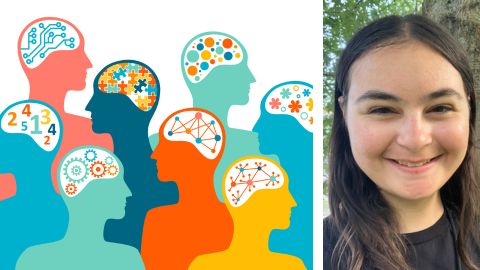
Hidden strengths of an autistic scientist
Navigating the world of scientific research as an autistic scientist comes with unique challenges —microaggressions, communication hurdles and the constant pressure to conform to social norms, postbaccalaureate student Taylor Stolberg writes.

